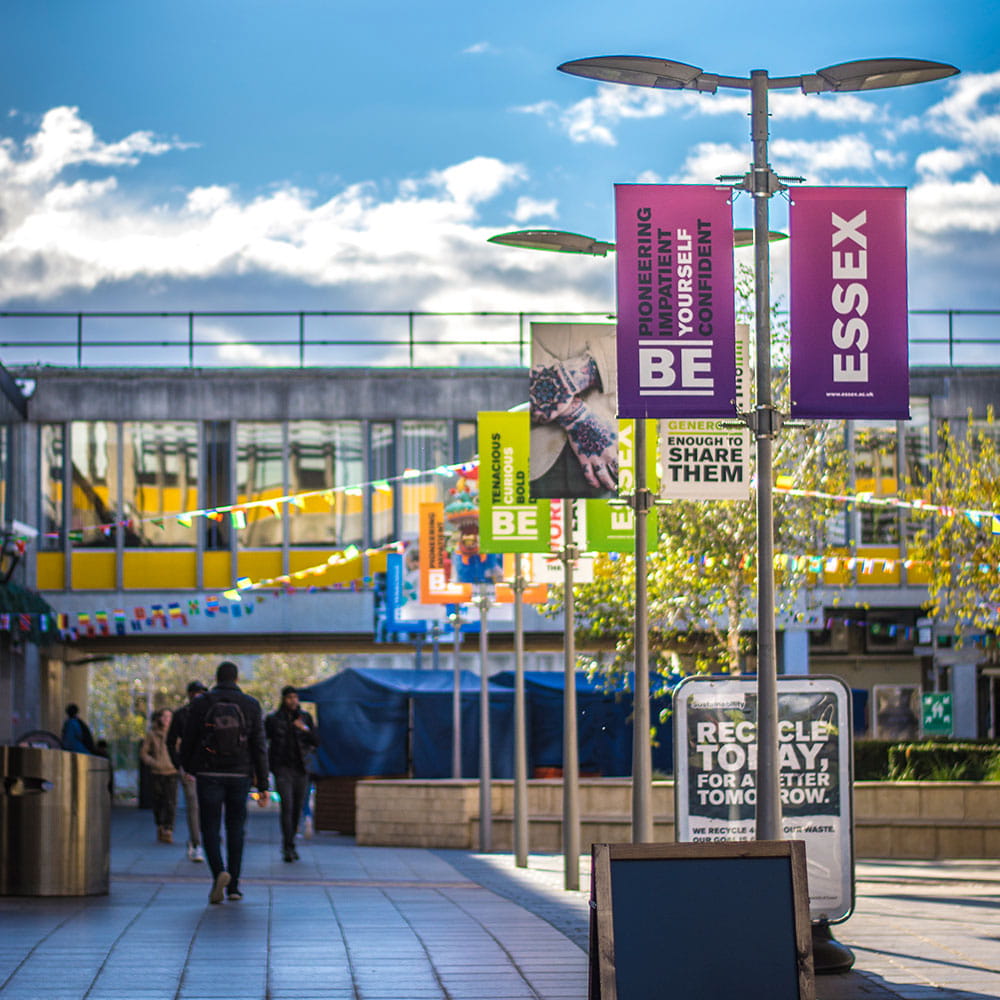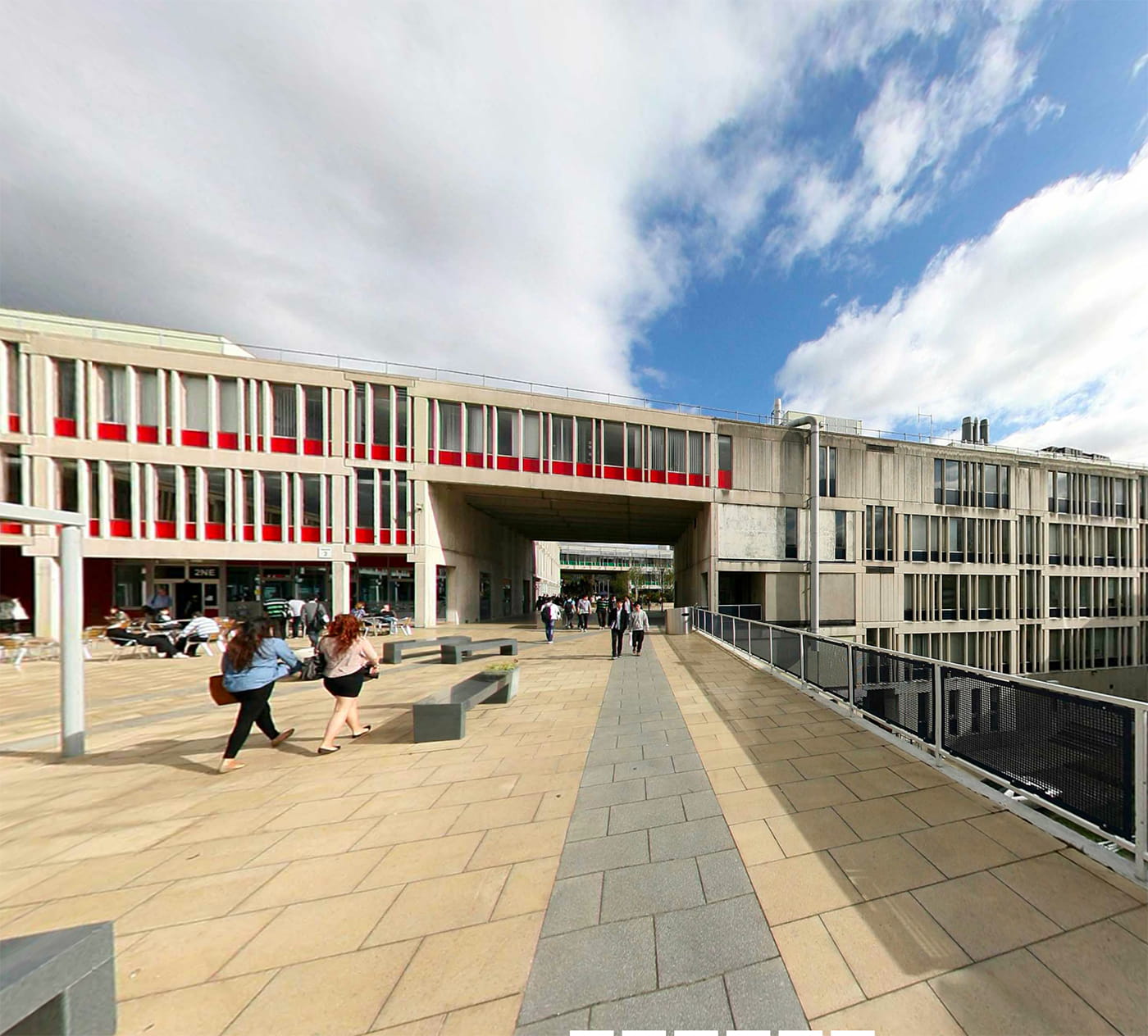For our MPhil in Art History and Theory, we offer supervision across a range of fields and
have a long tradition of postgraduate training in all the major areas of European art and
architecture from 1300 to the present, and in the art and architecture of Latin America and
the United States. Essex Art History features a dynamic group of art historians
investigating the production and reception of images and built environments, across cultures
and media from the early modern period to the present. While we adopt a diverse range of
approaches in our writing and teaching, our work demonstrates a commitment to three key ideas:
The social and political implications of art, architecture, and visual culture
All forms of visual culture – from paintings to building interiors, from medical imagery to
tattoos – emerge from and contribute to the mediation of social and political forces. Scholars
at Essex investigate the role of art, architecture, and other forms of visual culture in the
assertion, negotiation, and contestation of power in relation to a variety of topics. These
include the planning of tyrants' cities in the Italian Renaissance; the entanglement of the
historical avant-garde with the politics of Fascism; and the production of objects by contemporary
activists in pursuit of social change. Throughout our work, we emphasise issues of autonomy,
agency, dissent, and the contestation of the public realm.
Space, place, and locale
Art historians at Essex are strongly concerned with the conceptualisation, production,
experience, and representation of spaces and places. We investigate topics that include
the ideologies that drive urban change; architectural metaphors in software design; the
fusion of real and imaginary places in religious paintings; the design of exhibition spaces
and the implications of curatorial practice; and the varied locales and landscapes of the
county of Essex itself.
Art produced beyond its historic institutions
We are committed to bringing the approaches of art history into contact with other
disciplines and discourses in order to interrogate objects of our shared visual and
material culture, including body art, wax casts, activist placards, and Fascist floor
mosaics. Our transdisciplinary approach facilitates critical engagement with an array
of artworks and visual culture that stand both within and beyond the traditional canons
of art history.
Please note: part-time research study is also available, and we also offer a PhD and a Masters by Dissertation in this subject.










